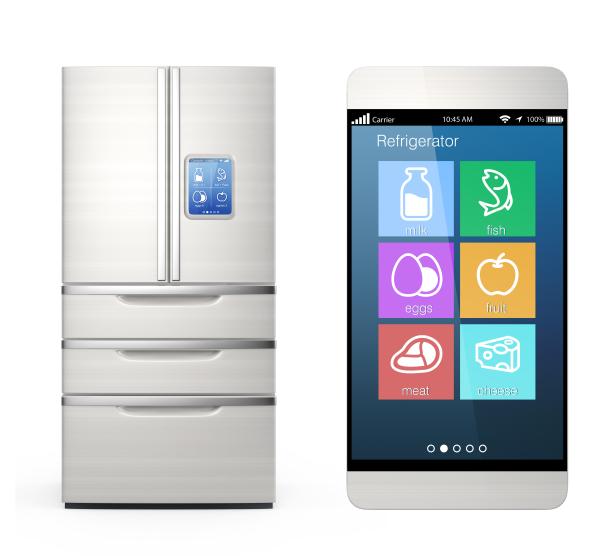
The Foodservice Equipment Association (FEA) is the largest organisation representing the equipment sector, and when it asked its members for their best energy-saving tips and tricks, one of the big takeaways from the advice they offered was the importance of taking advantage of technology and using it to make improvements to how you operate.
You’ve probably done some of the basics already, such as changing to energy efficient lightbulbs, these are constantly improving so you can benefit by updating to newer bulbs. It is important to look at capital equipment in the same way.
Smart energy monitors can be incredibly powerful tools for identifying unnecessary energy use. They can help you to get an overview of your energy consumption and how it changes through the day.
It will take time and observation to get a clear picture of the effect of different pieces of equipment moving from being switched off to standby and active use but analysing the data it presents will help you discover areas that can be improved.
For example, only turn on equipment when you need it, rather than just switching it on first thing in the morning – of course some equipment should never be switched off, including refrigeration. A smart meter will give you a concrete indicator of exactly how much energy you’re using throughout the day and indicate ways to reduce it whenever possible.
If you’re using equipment that heats up water, like coffee machines, look for systems with heat exchangers. These will be able to reduce energy consumption by recycling the heat they produce during operation. This means that less energy is needed throughout the day to keep water at the desired temperature.
Finally, keeping on top of maintenance tasks and cleaning will also help to ensure your equipment is running at peak efficiency. If equipment has air filters those, in particular, should be cleaned regularly.
Quick-cook butternut squash
Microwaves heat your food in short bursts, meaning they are an economical cooking method, so make the most out of this staple kitchen appliance.
One of Jamie Oliver’s favourite cooking hacks is to bake a whole butternut squash in the oven for 1 hour 20 minutes, then use the sweet, soft squash in soups, stews, rice dishes, chillis, salads. The choices are endless.
But there’s an easier, cheaper way to cook it. Make 5-6 slits in 1 whole butternut squash and simply microwave on high for 12-14 minutes until soft. Then use this super-versatile veg to boost the dishes on your menu.